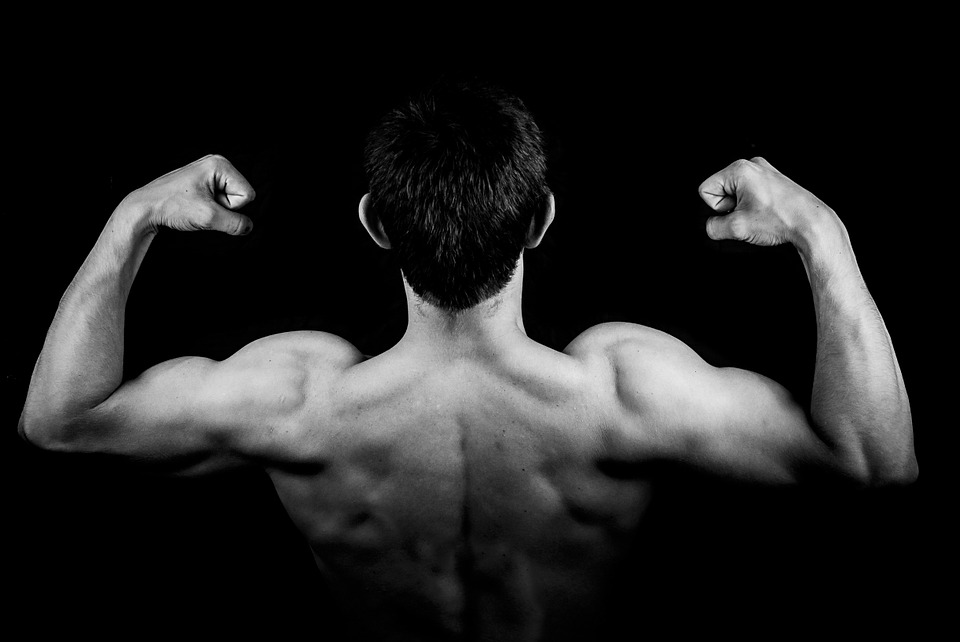Aug 10, 2017Strong Shoulders
The shoulders play an essential role in many athletic movements. Any throwing, shooting, blocking, or rowing action requires power output from the shoulders, which means athletes should do everything they can to keep these muscles healthy. These weightroom tips will help them do just that.
“Maintaining shoulder health and function is necessary to keep you playing at the top of your game,” writes Jace Derwin of VoltAthletics.com. “Proper planning of your weight training and focusing on a balanced approach to strength can go a long way in keeping you at the top of your game.”

1. Too Much Pressing
Be wary of overworking the front of the shoulder. Exercises such as the bench press are great for building upper body strength but can often be overused, especially by young athletes. The culture around bench pressing can cause athletes to bench nearly everyday, which is likely to put too much stress on the front of their shoulder.
When combined with the demands of their sport, too much bench pressing and front shoulder work can be a recipe for disaster. Overloading horizontal pressing movements can cause muscular imbalances that impair the shoulder’s ability to function. Therefore, balance every pressing movement with a pulling movement and implement external rotation exercises to help build and maintain balanced shoulder muscles.
2. Scapular Strength
The scapulae (shoulder blades) are the foundation of mobility and stability in dynamic shoulder movements. Many athletic movements require good scapular control and range of motion, and it’s important to strengthen the muscles that control the scapulae to ensure that athletes can perform these movements properly. Weak or inhibited shoulder blades will severely limit an athlete’s ability to perform, so incorporate a number of exercises in order to build scapular strength in a safe and effective way.
Reverse flys, bent rows, and pull-ups are all effective methods for strengthening the muscles that control the shoulder blades. Use bands or weights to perform these exercises and make the necessary modifications based on the needs of the individual athlete. Other options include Crossover Symmetry, which specializes in developing shoulder strength. When working these movements into your strength-training program, be sure to think about the demands of the sport and the positions the athletes play so you can design a workout that will help build strength while also helping to prevent injury,
3. Linking the Lats
The lats (Latissimi dorsi) are the muscles in the upper back that support the shoulders and play a key role in many athletic movements. In order to get the most out of the shoulder muscles, the lats also need to be strong and flexible.
“Tight lats can limit your overhead ROM (range of motion),” writes Derwin. “Reducing some of that tightness can free up your scapulae, which in turn can improve shoulder mobility and allow for better overhead positions.”
One of the best ways to get the lats performing optimally is through foam rolling. Roll out the lats to improve flexibility and prepare them for the powerful shoulder movements that will help your athletes when it comes time to perform. The foam rolling might be painful at first, especially if the athlete has been doing a lot of strength training and their lat muscles are tight, but it is well worth it. If an athlete needs more precise pressure on their muscles, have them try using a lacrosse ball or softball.



